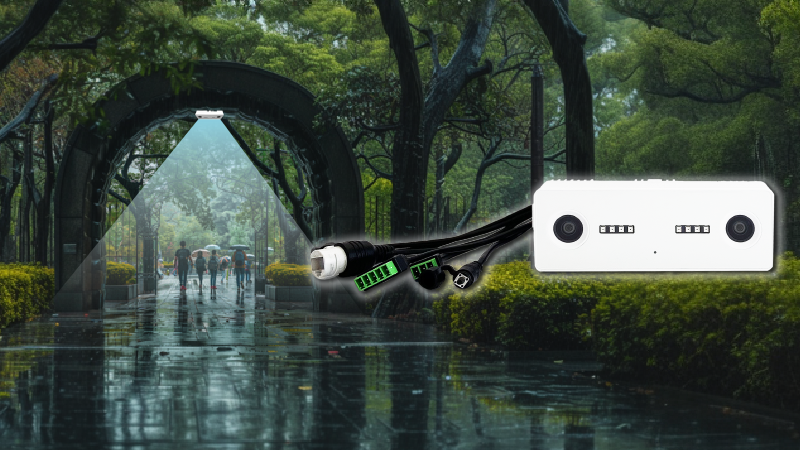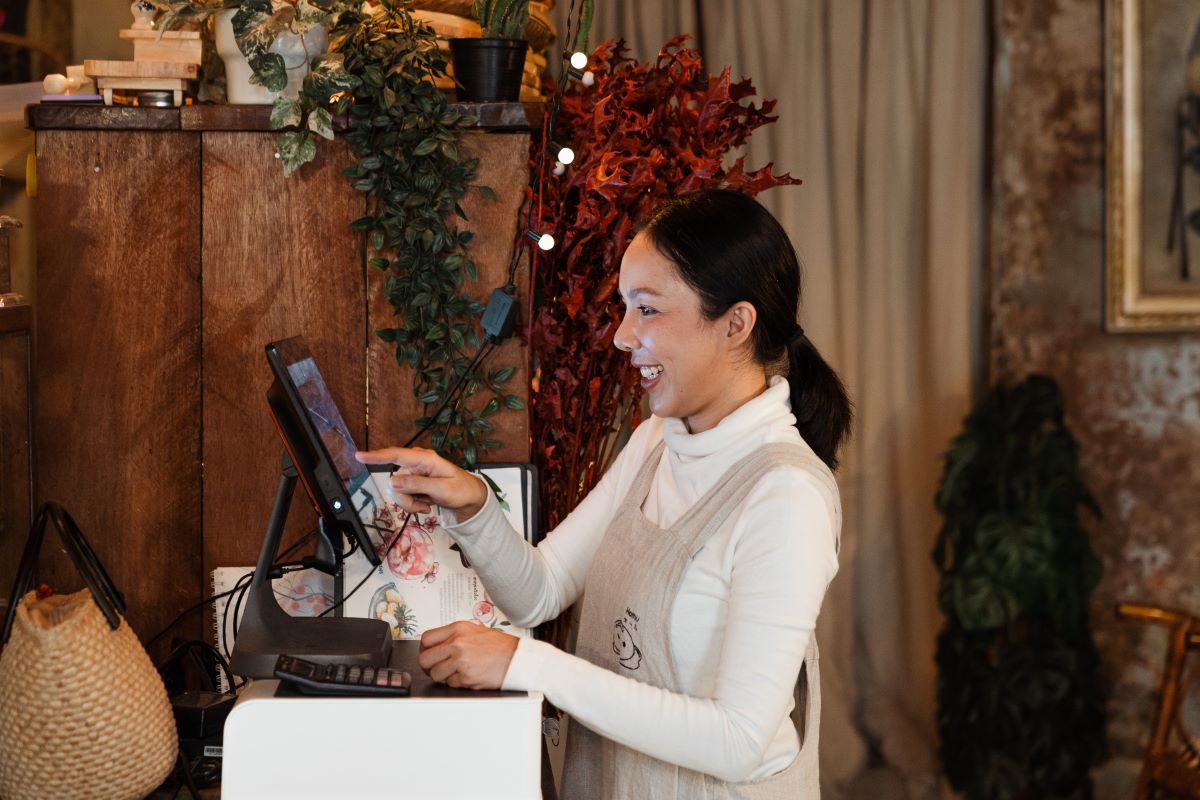 In e-commerce, the process to track the consumer footprints is fairly straightforward as every touch point is traceable. Take a step back into the traditional brick and mortar store, more anonymity remains with the browsing and purchase behavior. Interaction with merchandise and in store employees makes it somewhat more complex to optimize and understand.
In e-commerce, the process to track the consumer footprints is fairly straightforward as every touch point is traceable. Take a step back into the traditional brick and mortar store, more anonymity remains with the browsing and purchase behavior. Interaction with merchandise and in store employees makes it somewhat more complex to optimize and understand.
Retailers are implementing people counting technology across their stores to fully capture the insight of every shopper entering the space. This advancement does not simply offer people counting services, but allows the opportunity of a thorough relationship establishment when understanding the needs and wants of consumers from a granular view.
What is an actual conversion?
 As one of the most widely used term in retail, the conversion rate allows managers to accurately measure store performance and how many prospective are generating purchases. The general methodology is calculating the total transactions divided by the number of people entering the store. However with advancements in people counting technology, retailers today have the luxury to view this from another perspective.
As one of the most widely used term in retail, the conversion rate allows managers to accurately measure store performance and how many prospective are generating purchases. The general methodology is calculating the total transactions divided by the number of people entering the store. However with advancements in people counting technology, retailers today have the luxury to view this from another perspective.
When the consumer steps foot within the doors, we can assume that the marketing strategy has been effective. As they browse, interact with the items and the employees, it can also be anticipated that there has been purchase intent. When all prior signs have been shown and yet the consumer walks out with an empty handed, people counting technology comes as a solution to understand why the sale has failed.
With people counting technology, a managerial decision surpasses a mere gut feeling. Data generated from people counters enables retailers to understand the actions on consumers and understand where they are lingering. Ultimately, enabling the identification of the actual amount of browsers who converted to purchasers.
What about in store operations?
 Are the lunch breaks poorly timed? Are employees dedicating too much time to operational tasks instead of customer service? Do sales drop when store management is absent? These are all critical questions to understand why a sale is lost.
Are the lunch breaks poorly timed? Are employees dedicating too much time to operational tasks instead of customer service? Do sales drop when store management is absent? These are all critical questions to understand why a sale is lost.
University of North Carolina published a study in 2015 on retail operations in which the experiment was conducted within a Midwestern Department store through leveraging retail intelligence. The conclusion of the study depicted that through effective operations (1 additional employee increase) within the self-service fitting room led to an increase of overall sales per hour by 15.98%. Through this study, findings indicate the necessity to compliment observations, intuition and retail data in making decisions to optimize retail store operations.
With retail intelligence and solid analysis, decisions can be made with reliability to set parameters and goals on merchandising, operations and sales. People counters pinpoint issues to increase store effectively as heatmap technology can identify cold areas which consumers rarely linger or purchase from. Management can then leverage this insight to determine whether shelf heights, product placements and in-store displays are in line to what the consumer seeks.
People counters identify opportunities within various timeframes and popular consumer pathways. This data also serves as insight for sales teams to achieve higher performance with reliability. With this optimization, this solution enables sales representatives to increase their performance and capture every potential sale; hence in the long term becoming more attentive and engaging to over exceed every consumer’s expectations.






